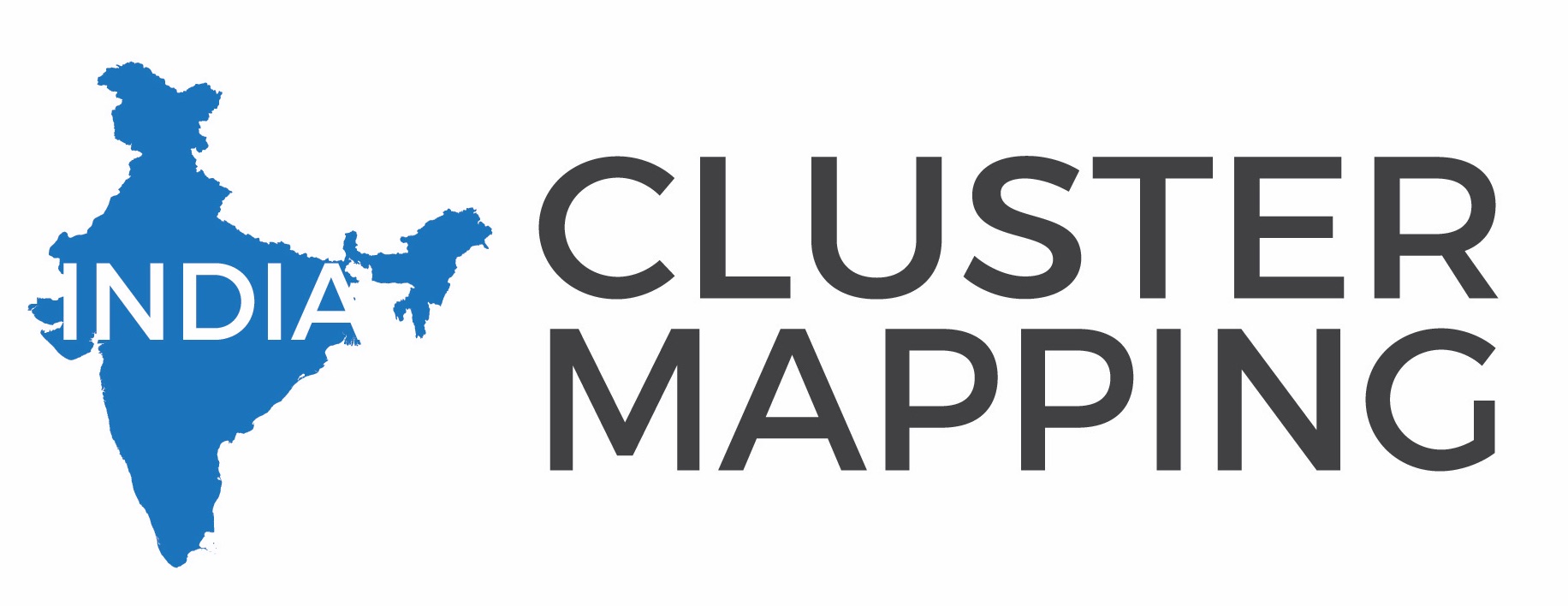Data Sources

Annual Survey of Industries
The core dataset used is Annual Survey of Industries (ASI), which is the principal source of industrial statistics in India. It provides information about the growth, employment, wages, composition and structure of organised manufacturing sector comprising activities related to manufacturing processes, repair services, gas and water supply and cold storage.
The ASI extends to the entire country except the States of Arunachal Pradesh and Mizoram and Union territory of Lakshadweep. It covers all factories registered under the sections 2(m) (i) and 2(m) (ii) of the Factories Act 1948 i.e. those factories employing 10 or more workers using power; and those employing 20 or more workers without using power. The survey also covers bidi and cigar manufacturing establishments registered under the Bidi and Cigar Workers (Conditions of Employment) Act 1966 and electricity undertakings. (Annual Survey of Industries, 2018)
The primary unit of enumeration in the survey is a factory in the case of manufacturing industries, a workshop in the case of repair services, an undertaking or a licensee in the case of electricity, gas and water supply undertakings and an establishment in the case of bidi and cigar industries.
ASI follows a circular systematic sampling procedure. All the industrial units in the universe are categorized into two sectors i.e. census and sample.
The weight / multiplying factor for the census sector is taken as 1, and for the sample sector it is estimated using the following technique:
Mj = N’j/n’j
In case, N’j and n’j are not known, Mj can be estimated by using the formula Mj = Nj/njwith the assumption that Nj / N’j ≅ nj / n’j
Where,
Nj = Number of units considered for selection from the jth stratum of sample sector S.N’j = Number of units reported to be existent in the frame for the jth stratum of S.
nj = Number of sample units selected from jth stratum of S.
n’j = Number of sample units reported in the jth stratum of S.
Mj = Multiplier for the jth stratum of S.
Tc = Aggregate of a characteristic of the units reported under Census Sector C.
Tj = Aggregate of a characteristic of the reported units of jth stratum in S.
T = Aggregate of a characteristic for the factory sector as a whole in a state / U.T. For any characteristic, the estimate of T is given by T = Tc + ∑ MjTj
National Sample Survey Organisation
The other dataset used for total and sectoral employment is NSSO. NSSO collects information on employment and unemployment through comprehensive surveys conducted quinquennially. The first survey on employment and unemployment was carried out during 1972-73 (27th Round). The NSSO classifies workers by three approaches namely, usual status, current weekly status, and current daily status and further by demographic, social, economic and spatial characteristics. (Labour and Employment Statistics, 2018).
Telecom Regulatory Authority of India
The Telecom Regulatory Authority of India (TRAI) was established with effect from 20th February 1997 by an Act of Parliament, called the Telecom Regulatory Authority of India Act, 1997, to regulate telecom services, including fixation/revision of tariffs for telecom services which were earlier vested in the Central Government.
TRAI’s mission is to create and nurture conditions for growth of telecommunications in the country in a manner and at a pace which will enable India to play a leading role in emerging global information society. One of the main objectives of TRAI is to provide a fair and transparent policy environment which promotes a level playing field and facilitates fair competition.
In pursuance of above objective TRAI has issued from time to time a large number of regulations, orders and directives to deal with issues coming before it and provided the required direction to the evolution of Indian telecom market from a Government owned monopoly to a multi operator multi service open competitive market.
Ministry of Statistics and Programme Implementation
The Ministry of Statistics and Programme Implementation came into existence as an Independent Ministry on 15.10.1999 after the merger of the Department of Statistics and the Department of Programme Implementation. The Ministry has two wings, one relating to Statistics and the other Programme Implementation.The Ministry of Statistics and Programme Implementation attaches considerable importance to coverage and quality aspects of statistics released in the country. The statistics released are based on administrative sources, surveys and censuses conducted by the center and State Governments and non-official sources and studies. The surveys conducted by the Ministry are based on scientific sampling methods. Field data are collected through dedicated field staff. In line with the emphasis on the quality of statistics released by the Ministry, the methodological issues concerning the compilation of national accounts are overseen Committees like Advisory Committee on National Accounts, Standing Committee on Industrial Statistics, Technical Advisory Committee on Price Indices. The Ministry compiles data sets based on current data, after applying standard statistical techniques and extensive scrutiny and supervision.
All India Survey of Higher Education
To portray the status of higher education in the country, Ministry of Human Resource Development has endeavoured to conduct an annual web-based All India Survey on Higher Education (AISHE) since 2010-11. The survey covers all the Institutions in the country engaged in imparting of higher education. Data is being collected on several parameters such as teachers, student enrolment, programmes, examination results, education finance, infrastructure. Indicators of educational development such as Institution Density, Gross Enrolment Ratio, Pupil-teacher ratio, Gender Parity Index, Per Student Expenditure will also be calculated from the data collected through AISHE. These are useful in making informed policy decisions and research for development of education sector.
Department of Industrial Policy & Promotion
The Department of Industrial Policy & Promotion was established in 1995 and has been reconstituted in the year 2000 with the merger of the Department of Industrial Development. Earlier separate Ministries for Small Scale Industries & Agro and Rural Industries (SSI&A&RI) and Heavy Industries and Public Enterprises (HI&PE) were created in October, 1999.Department of Industrial Policy and Promotion monitors the industrial growth and production, in general, and selected industrial sectors, such as cement, paper and pulp, leather, tyre and rubber, light electrical industries, consumer goods, consumer durables, light machine tools, light industrial machinery, light engineering industries etc., in particular. Appropriate interventions are made on the basis of policy inputs generated by monitoring and periodic review of the industrial sector. The Department studies, assesses and forecasts the need for technological development in specific industrial sectors. On this basis, it plans for modernization and technological upgradation of the Indian industry so that, it keeps pace with the international developments in industrial technology on a continuing basis.
National Crime Records Bureau
NCRB was set-up in 1986 to function as a repository of information on crime and criminals so as to assist the investigators in linking crime to the perpetrators. It was set up based on the recommendations of the National Police Commission (1977-1981) and the MHA’s Task force (1985), by merging the Directorate of Coordination and Police Computer (DCPC), Inter State Criminals Data Branch of CBI, Central Finger Print Bureau of CBI, and Statistical Branch of BPR&D.
The CCTNS connects approximately 15000 police stations and 6000 higher offices in the country. NCRB also compiles and publishes National Crime Statistics i.e. Crime in India, Accidental Deaths & Suicides and Prison Statistics.
Data Limitations
First, the ASI data relates only the organized manufacturing sector in India and according to RBI statistics, unorganized manufacturing sector accounts for 80 percent of the total employment in the Indian manufacturing industry. So, this data leaves out a major portion of the manufacturing industry.
Second, the period of the study is 1999-2014. As the industry codes changed in 1998, 2004 and in 2008 a mapping of the codes is done. But a complete concordance at the five-digit level is not possible due to the structural differences in grouping of activities in the two systems. For instance, some of the 5-digit sub-classes of NIC-2004 have been made separate 4-digit classes in NIC-2008. Therefore, some of the results presented are from 2009-2014.




